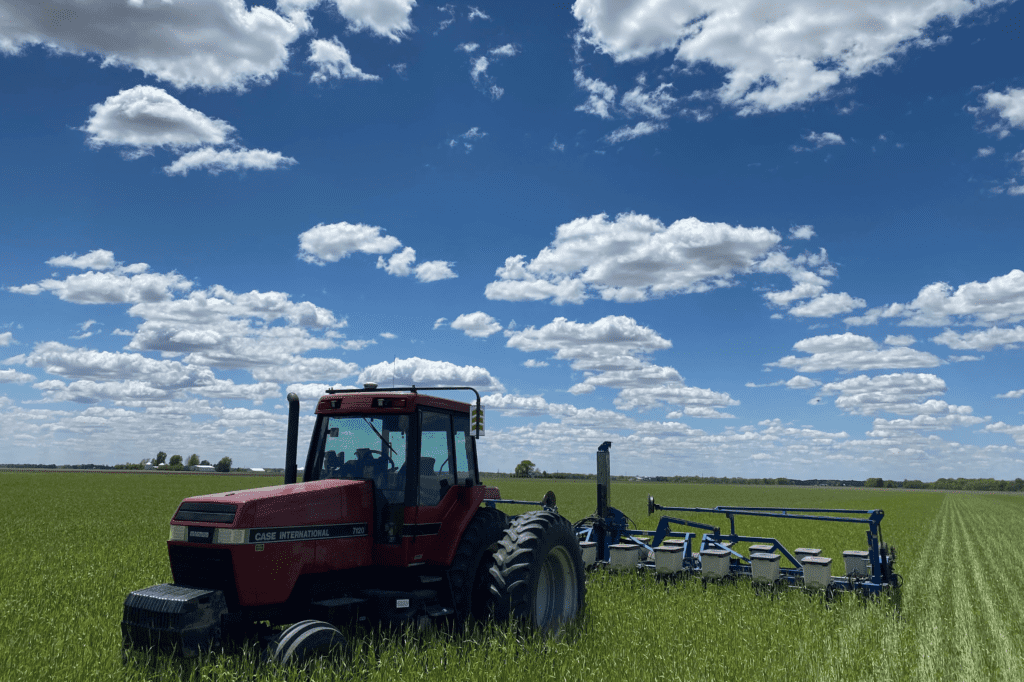Our History
Since the release of the Illinois Nutrient Loss Reduction Strategy (NLRS) in 2015, many conservation partners in Illinois have been working collaboratively to help Illinois farmers and their advisors address the water quality, soil health, and conservation goals for agricultural production established in the strategy. These goals are ambitious and will require significant changes to agricultural production across the state. In response, there has been an intensified agronomic focus on improving in-field soil health practices and greater interest in edge-of-field conservation practices that maximize agricultural productivity potential while reducing environmental impacts.
Sustainable agriculture leaders in Illinois formed the Illinois Sustainable Ag Partnership in 2017 to ensure unified action in meeting the NLRS goals. The collaborative work of ISAP has led to successful education, demonstration, and research programs focused on building the capacity of conservation practitioners to meet the needs of Illinois farmers and advisors as they work to improve the efficiency of their production systems and environmental outcomes.
In recent years, farmers have faced expanding corporate sustainability expectations and an increased responsibility for building climate resiliency. ISAP has embraced these new challenges, developing resources and programming to equip farmers and their advisors with the resources needed to navigate these evolving market opportunities. The Partnership provides a coordinated, consistent, longer-term structure and program network to identify information gaps and to maximize the impact of current programs into the future.
Theory of Change
In 2020, members of ISAP participated in a series of discussions to develop a Theory of Change (TOC). Through this process, ISAP refined the partnership’s purpose and came to a shared understanding of ISAP’s priorities, ensuring the Partnership’s work will be effective toward meeting the goals of the Illinois Nutrient Loss Reduction Strategy (NLRS) and achieving environmental outcomes.
Core Strategies
How do we create our desired impact?
Increase farmer recognition in the ECONOMIC VALUE of conservation practices.
Serve as the clearinghouse for SOIL HEALTH & CONSERVATION DRAINAGE EDUCATION.
Accelerate the ADOPTION OF CONSERVATION PRACTICES that improve soil health, “carbon cycle balance”, & water quality.
Enabling Outcomes
What is needed to bring about change?
Farmers and advisors have access to data and view ISAP as a trusted source of information.
All education is action oriented, fosters knowledge transfer, and motivates change on the landscape.
ISAP members and partners are using a consistent message to inform and engage key audiences.
Policies and funding priorities are supporting practices with the biggest water quality and climate impacts.
Desired Impact
What is our “long-term” goal?
Illinois agriculture voluntarily meets NLRS goals and benefits from being part of the climate solution

The Partnership is led by a steering committee with representation from each member organization, and its work is supported by the guidance of five subcommittees: Policy, Education, Communications, Science, and Governance. ISAP’s success relies on a purpose-driven foundation, clear expectations and active engagement of its members, and operating procedures that drive sound decision making.